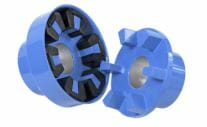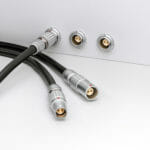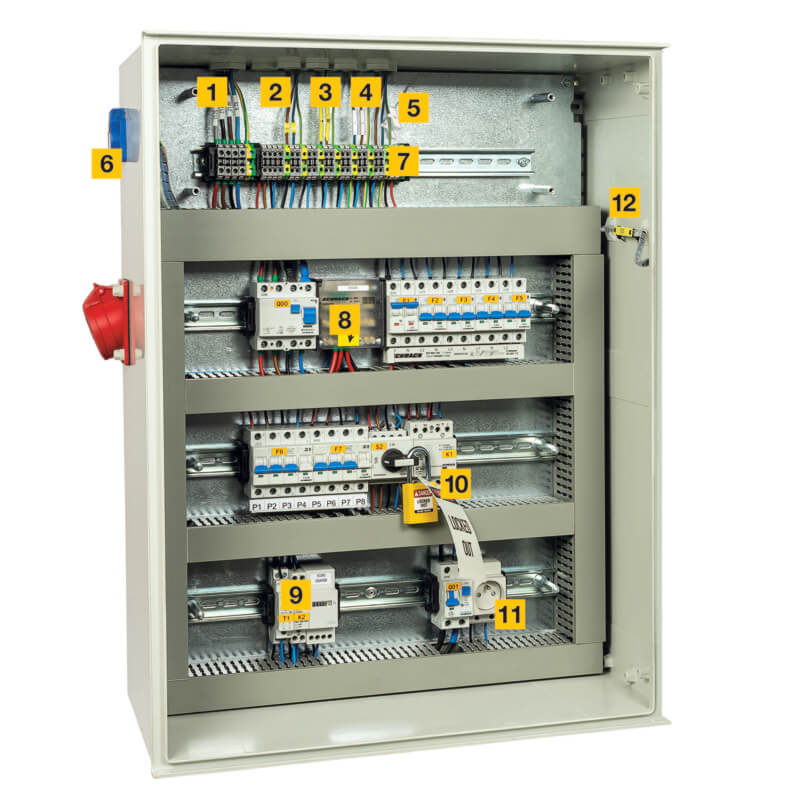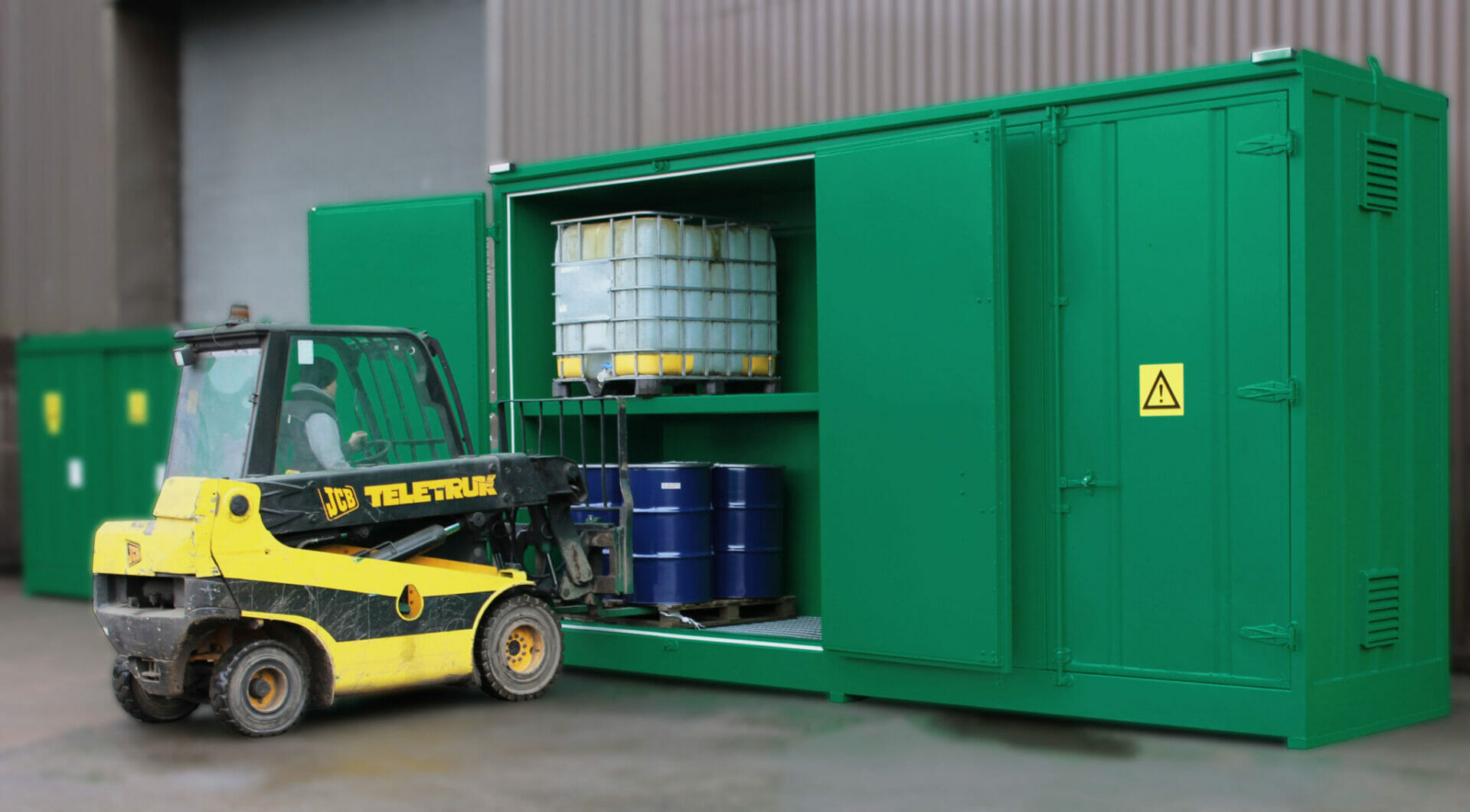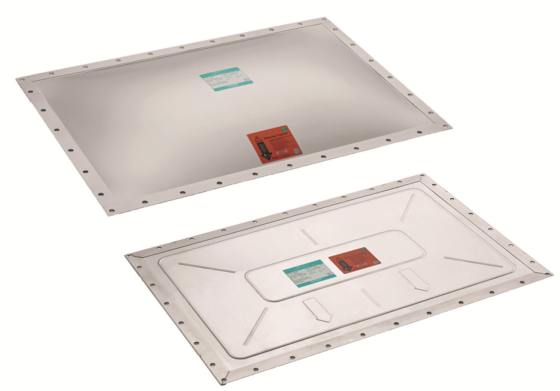For drive couplings to be fully effective, it is essential that not only is the correct type of coupling specified for
the application, but that the coupling is also correctly installed and aligned.
Although certain coupling types are designed to accommodate some shaft misalignment or displacement
in service, like any other piece of equipment, they do have limitations. Failing to ensure that a coupling is
properly aligned, or has levels of misalignment outside of the manufacturers specifications, will result in premature
failure of the coupling and potentially other drive train components.
With a widely accepted figure of 50% of rotating equipment failures attributed to misalignment, David
Proud of Reich Drive Systems UK discusses the importance of selecting the right coupling and also
adhering to manufacturers specifications.
The term coupling alignment is best described as ensuring as far as possible, a finely toleranced and common rotational centreline between the shafts that are to be coupled together. Achieving this will allow them to transmit power efficiently and operate reliably over extended periods. There are a number of different types of misalignment that can contribute to problems within a drive train.
These may include angular, axial, radial or in extreme cases, a combination of one or more alignment issues. The reasons for misalignment can be varied, ranging from gradual movement of machinery over time or even just the fact that the drive train was not properly aligned at the time of installation.
As for any other piece of engineering machinery, drive couplings should be installed and maintained in line with the original manufacturers recommendations. Spending time ensuring that a drive coupling has been correctly fitted and aligned will pay dividends in the form of long and reliable service. There are of course a number of different methods of aligning a drive coupling, ranging from using basic tools such as straight edges and feeler gauges, right through to sophisticated laser alignment systems.
The benefits of using laser technology include the fact that many laser shaft alignment systems utilise software that can calculate accurate values for any adjustments that need to be carried out to
achieve perfect alignment.
At the end of the day, the important factor is making sure alignment is within specification, regardless of the method used. Misalignment outside of the coupling’s specification will cause it to wear at an accelerated rate. In addition there is the potential for negative impact on other components, for example bearings, causing them to fail prematurely.
There may be instances however where it is not possible to achieve perfect shaft alignment and in cases such as
this, the choice may be to select a flexible coupling such as Reich’s MULTI MONT SELLA. These pluggable claw couplings have a long history, having been field proven over a number of decades.
With the capability to compensate for axial, radial and angular misalignments, as well as absorb shocks and vibrations these couplings can help to mitigate the effects of alignment errors and vibration.
Additional benefits of this type of coupling are the ease of assembly and alignment, their maintenance free design and the capability to change the flexible elements radially, without the need to de-couple the drive train elements.
With a history spanning over 70 years, REICH-KUPPLUNGEN has built up unrivalled expertise in the design and manufacture of drive couplings for use across a wide range of industries and applications. The company has earned an enviable reputation not only for the quality and performance of their product range, but also for their ability to provide application and customer specific solutions through the company’s D2C (Design to Customer) philosophy. Reich are also always happy to provide advice on all aspects of coupling selection and integration, including recommendations on how best to avoid issues from misalignment.

